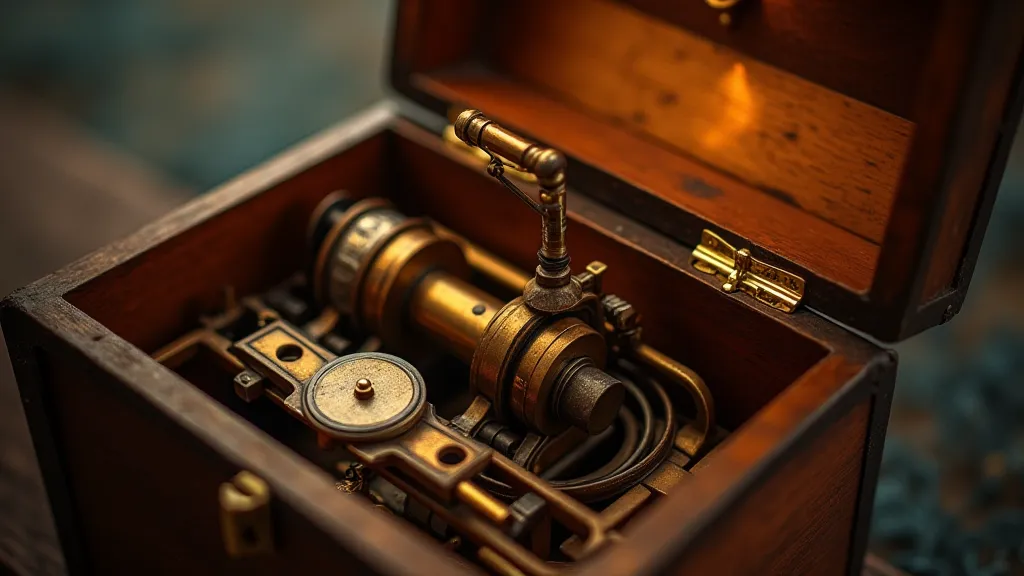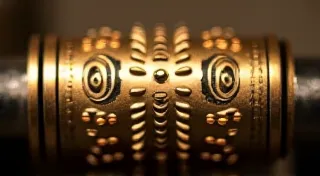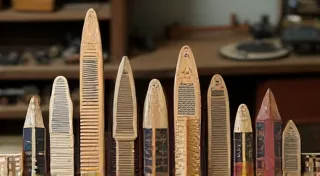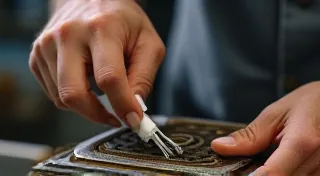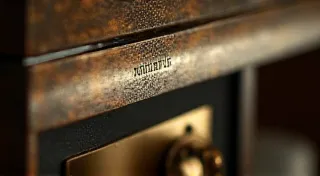Music Box Comb Repair: Troubleshooting and Re-Tuning
The music box comb, a crucial component responsible for the beautiful melodies, is often a source of problems in antique music boxes. Over time, these delicate components can become damaged, bent, or lose their ability to play in tune. This guide provides a detailed walkthrough of diagnosing and repairing music box combs, tailored for those restoring vintage mechanical music devices.
Understanding Music Box Comb Materials
Before tackling any repair, understanding the comb’s material is vital. The material dictates how it will react to bending and cleaning, and influences the repair methods you'll use.
- Steel: The most common material. Steel combs are relatively robust but prone to rust and can become brittle with age.
- Brass: Less common, brass combs offer a warmer tone than steel. They are also susceptible to tarnishing and corrosion.
- Silver: Occasionally found in high-quality music boxes. Silver combs tarnish easily and require special cleaning techniques to avoid damage.
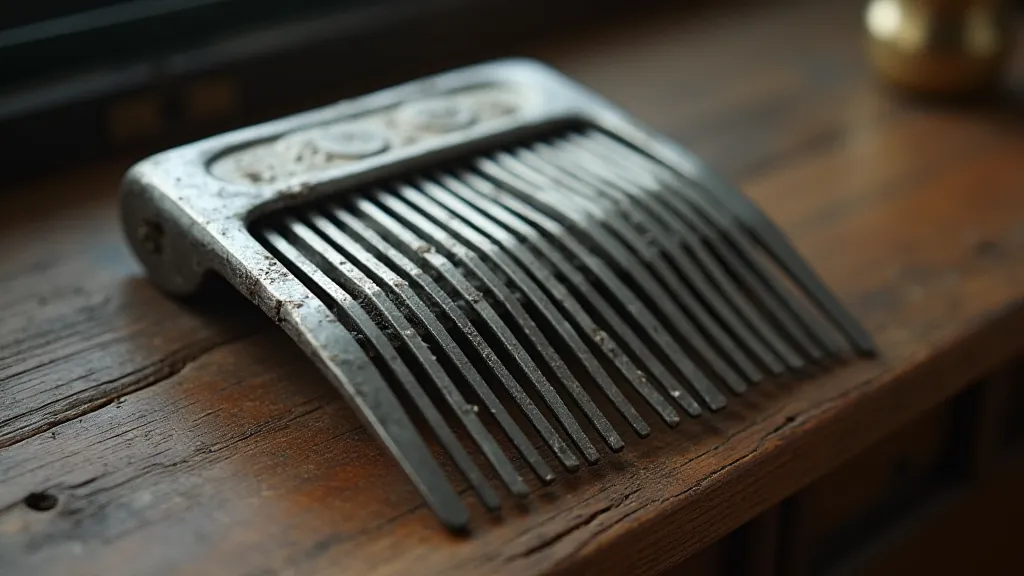
Diagnosing Comb Problems
The first step is to accurately diagnose the problem. Common issues include:
- Out-of-Tune Notes: Individual teeth are slightly too long or short, causing the note to be sharp or flat.
- Broken Teeth: Obvious damage requiring replacement (extremely difficult and often not recommended for beginners).
- Bent Teeth: A common problem, often caused by handling or accidental impact.
- Rust or Corrosion: Affects the comb's ability to resonate correctly, dulling the sound.
- Uneven Wear: Years of use can cause uneven wear patterns, leading to a distorted sound.
Repairing Bent Teeth
Bending teeth back into position is the most common repair. This requires a steady hand, good lighting, and a specialized tool – a tooth straightener. If you don’t have one, you can carefully use fine-tipped pliers, but extreme caution is essential to avoid snapping the tooth.
- Secure the Comb: Clamp the comb securely in a vise with soft jaws (protect the comb’s surface).
- Observe the Bend: Carefully examine the tooth's bend and direction.
- Apply Gentle Pressure: Using the tooth straightener or pliers, gently apply pressure to correct the bend. Work slowly and in small increments.
- Test the Note: After each adjustment, test the note to see if it’s closer to the correct pitch.
- Repeat: Continue adjusting until the note is as close to correct as possible.
Important: Avoid forcing the tooth. If it resists bending, it's likely too brittle and attempting to force it will result in breakage.
Re-Tuning – Adjusting Tooth Length
If teeth are slightly too long or short, they can be tuned by careful adjustment. This is a more advanced technique requiring a fine file and a very keen ear. It's best suited for experienced restorers. The process involves:
- Identify the Problem Note: Use a tuner (electronic or ear) to identify the note that is out of tune.
- Assess the Length: Determine whether the tooth is too long (sharp) or too short (flat).
- File Carefully: If the tooth is too long, carefully file a tiny amount of material from the tip. If too short, this is often unrepairable – replacement is the only option.
- Test and Adjust: After each filing, test the note and make further adjustments as needed.
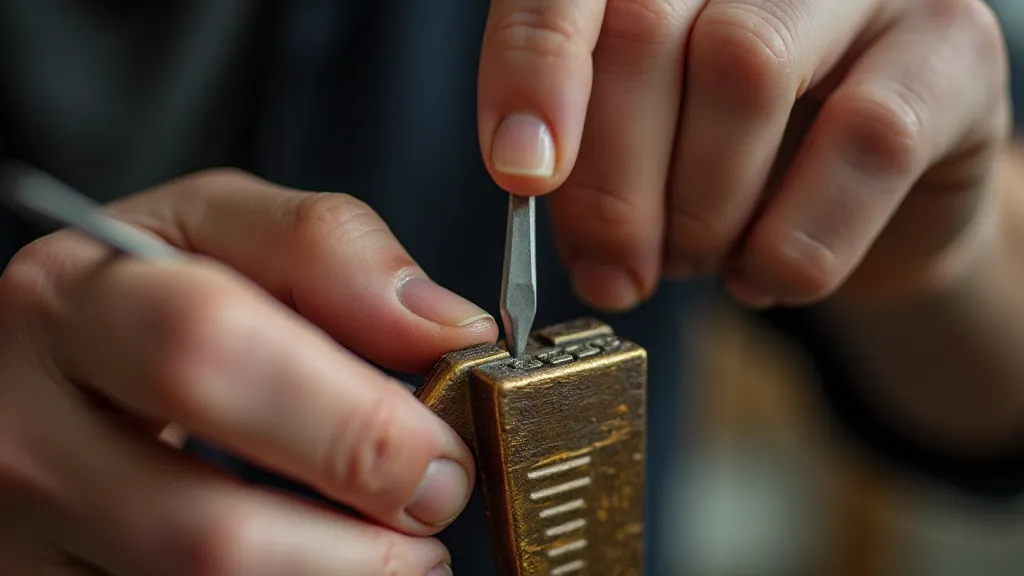
Cleaning a Corroded Comb
Rust and corrosion can be removed using a combination of gentle cleaning methods:
- Soaking: Soak the comb in a solution of warm distilled water and a mild detergent.
- Soft Brushing: Use a soft-bristled brush (like a toothbrush) to gently scrub the surface of the comb.
- Rust Removal Solution: For stubborn rust, use a commercially available rust removal solution, following the manufacturer’s instructions carefully.
- Thorough Rinsing: Rinse the comb thoroughly with distilled water to remove any cleaning residue.
- Drying: Dry the comb completely with a soft cloth.
Caution: Avoid abrasive cleaners, as they can scratch the comb's surface.
Final Thoughts
Music box comb repair is a delicate and demanding craft. While this guide provides a comprehensive overview, practice and patience are key. Consider consulting with a professional restorer for complex repairs or if you are unsure of any step. Preserving these mechanical treasures requires meticulous care and a deep appreciation for their historical significance.
